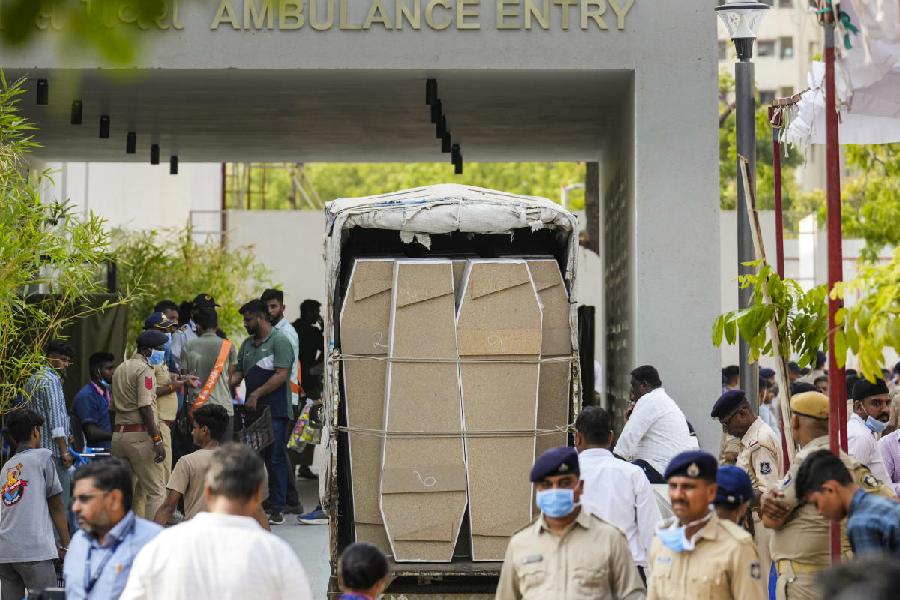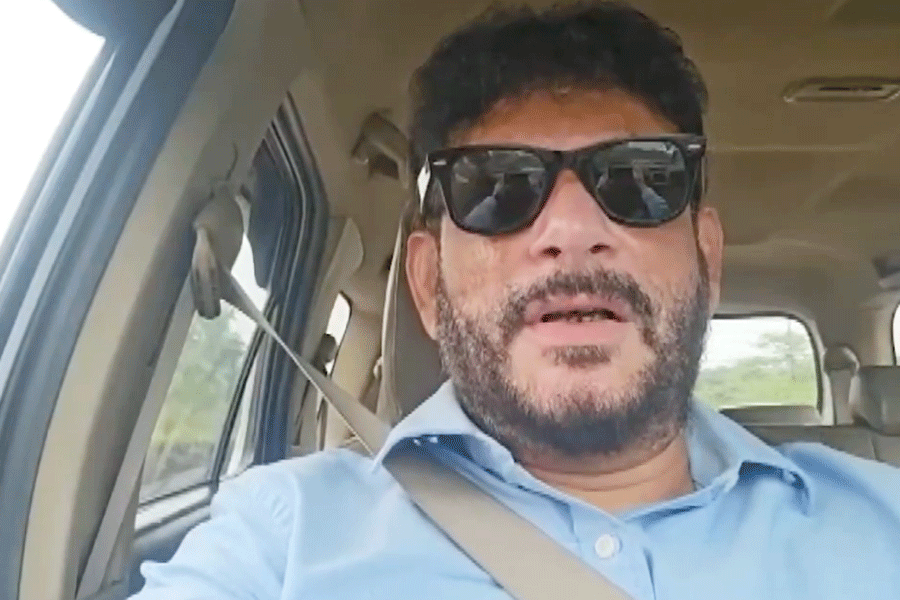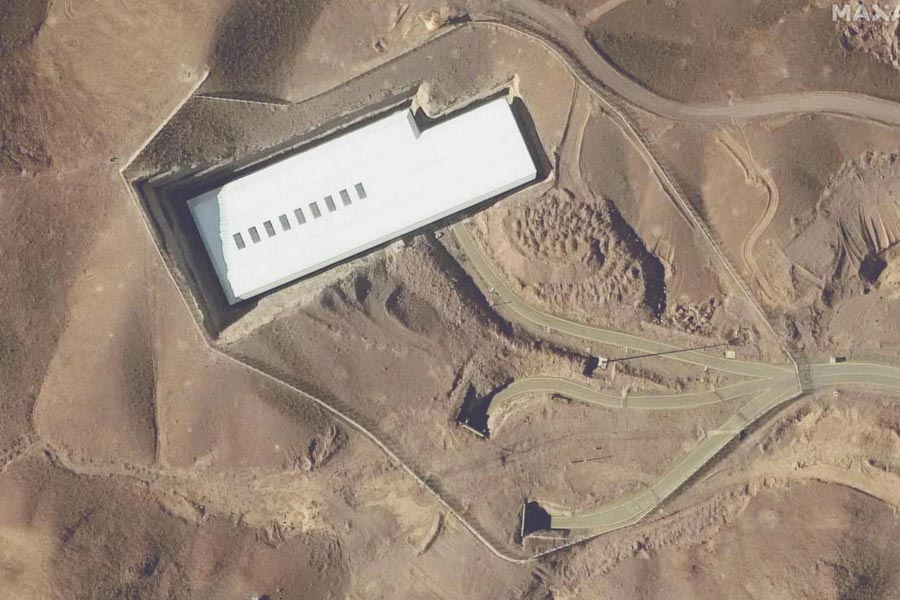 |
| A sangai at Keibul Lamjao National Park |
Imphal, March 13: There is both good news and bad news for sangai lovers and wildlife officials.
First, the good news: the sangai population inside Manipur’s Keibul Lamjao National Park is increasing. Now, the bad news: the size of the endangered deer has decreased and because of inbreeding they have become more prone to diseases.
These findings were revealed after a headcount that was conducted today by about 100 officials from the wildlife wing of the state forest department, NGOs and wildlife experts.
The sangai, which is also known as the brow-antlered deer, is one of the most threatened species at Keibul Lamjao, its last remaining natural habitat.
Covering 40 square km, Keibul Lamjao is the only floating park in the world and an integral part of the 246 square km Loktak lake, which spreads across three valley districts — Imphal West, Thoubal and Bishnupur.
Today’s survey was carried out after a gap of 10 years. The last census was done in 2003 and the Sangai population was put at 180.
Officials cited law and order issues and “management problems” of the forest department as reasons for not carrying out the survey after 2003.
A team from the Wildlife Institute of India carried out a survey in 2006, but the forest department did not publish the figure as they felt the findings were not correct.
“Though we are yet to make an exact estimation of the sangai population, we are estimating that the population has increased according to the trend, which emerged today,” said Th. Mohendra Pratap, conservator of forests and in-charge of the park.
The exact figure will be known only after tabulating the figures recorded by the survey teams at different locations of the park, which will take some days, he said.
Kh. Samungou, an expert on sangai who took part in today’s survey was “worried” about inbreeding. The sangai is on the red list of the International Union for Conservation of Nature (IUCN). In fact, it was considered extinct till 1953.
“Because of inbreeding, the size of the deer has become smaller. Their immune system will also weaken and they will be more prone to diseases if this trend continues,” said Samughou.
“Inbreeding poses a serious threat to the survival of sangai inside the park. The Centre should formulate a project, on the lines of the national tiger conservation programme, to preserve the sangai,” Shamungou said.
The survey team was divided into 30 groups, led by two forest officials each. The survey teams fanned out across the park and used 30 watchtowers and boats to carry out the census.
Forest officials said the survey also covered hog deer and wild boars living inside the park. The hog deer is a Schedule III species under the Wildlife Protection Act and is on the IUCN’s “endangered” list.










